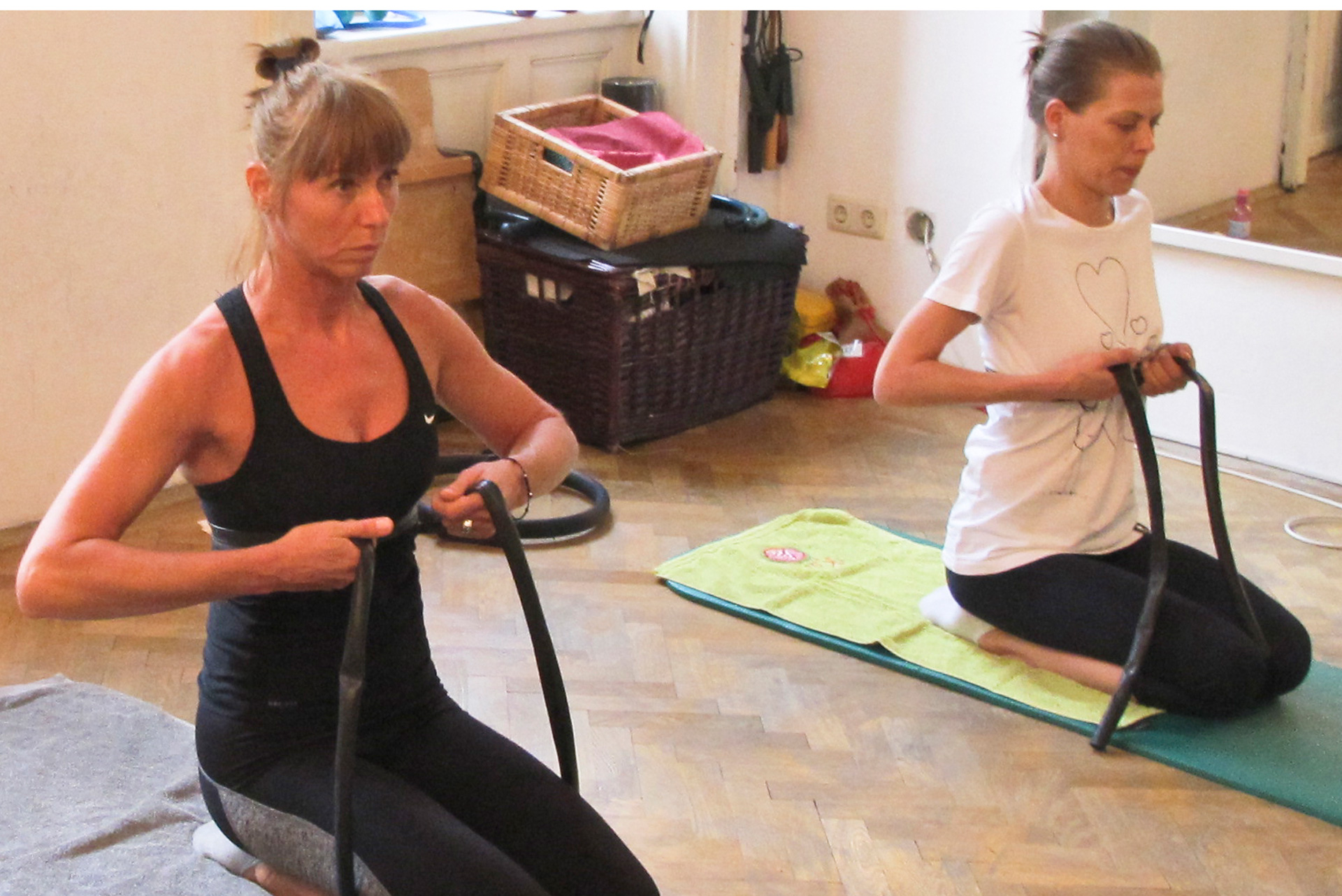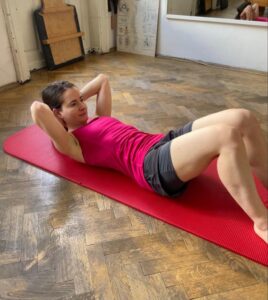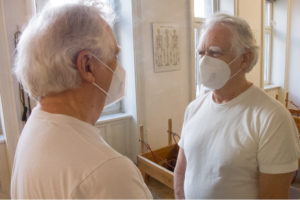Our breathing is the basis of all life. One of the most natural phenomena in this extraordinary event we call life.
As we know, we cannot unconsciously stop breathing for several days, but we can stop eating. However, it is possible to consciously hold the breath for 20 minutes. Many yogis and a man called Stig Severinsen, the founder of Breatheology, can do this.
Training our breathing is valuable – no doubt! However, I want to seriously point out that we have to be careful when we decide to interfere with the natural processes of life. Be it the process of breathing, digestion or reproduction. What we can and should do, though, is to learn how to eliminate disruptive factors that interfere with these natural processes of life.

The problem with breathing exercises
Breathing exercises can trigger unwanted side effects and so paradoxically disturb our breathing. Some of these side effects are
- fear and anxiety
- heartburn
- a stiff and constricted chest
- faulty postures
- tension in shoulders and neck
- rigid abdominal musculature
- a chronic tug-of-war between the needs of the heart and the desires of the mind.
Better not to think about breathing?
Unfortunately, pretty much any attempt to ‘breathe correctly’ when we follow breathing instructions in gyms, schools, etc., is doomed to failure. This is because the usual type of breathing instruction triggers the very stimulus that causes these unconscious unwanted breathing side effects. One of these side effects is anxiety. Anxiety is often triggered by thinking about breathing – which, unfortunately, is one of the most common ways to learn breathing.
2 non-efficient and 1 efficient type of breathing
Let’s take a look at the video below and explore our breathing in depth. What can go wrong with breathing? How does conscious breath control work? Click now and enjoy!
0:10 Description of heavily compressed breathing
1:00 Example of heavily compressed breathing
2:10 Description of shallow compressed breathing
2:45 Example of shallow compressed breathing
4:00 Description of conscious breath control
4:45 Example of conscious breath control
Sensing my breathing
For full control and development in breathing, we don’t need to think about breathing. What we need to learn is how to correctly expand, release and contract our chest wall.
How does breathing happen?
Inhaling increases the pressure in our lungs. The muscles that prevent our chest from moving relax and our chest expands. On the exhale, the muscles responsible for contracting the chest wall are triggered, and are putting pressure on the lungs. Our chest contracts.
Let’s try this right now. When you inhale, imagine how you apply pressure in the lungs. The muscles that prevent your chest from moving relax and your chest expands. Then, when you exhale, imagine you put pressure on the lungs and activate the muscles that contract the chest wall. Your chest contracts.
IMPORTANT: The pressure on the lungs during exhalation must act from within the lungs, and not from outside the lungs. This is the only way to avoid undesirable breathing side effects. Equally important, the inhalation is the result of our active exhalation.
Exercise for breathing without side effects
Tie a scarf around your ribcage. Expand the sides of your ribcage against the scarf and allow your chest to expand for 5 seconds. Then slowly release it for another 5 seconds. Remember that the pressure on the lungs as you exhale comes from inside your lungs.
Voilá, this is how you practice breathing without causing undesirable breathing side effects.
I find flow in breathing
What did we learn? Efficient breathing, especially when doing Pilates exercises, consists of a reflective in-breath and an active out-breath. So, we focus our efforts to breathe on the out-breath and not on the in-breath. Because, if we concentrate our efforts on the out-breath, we prevent our body from
- taking full advantage of the movements caused by our breathing
- staying in flow and rhythm and
- maintaining muscular tension.
Always remember: To eliminate unwanted breathing side effects, it’s best to breathe without thinking about breathing. It is much more efficient to sense your breathing!
Try it & fly with it!
Did you like our blog post? Then kindly support us and share it on social media sites like Facebook, Twitter, group forums, blogs and – all the retro way – personally among friends. We also highly appreciate your feedback on our exercises and posts.



